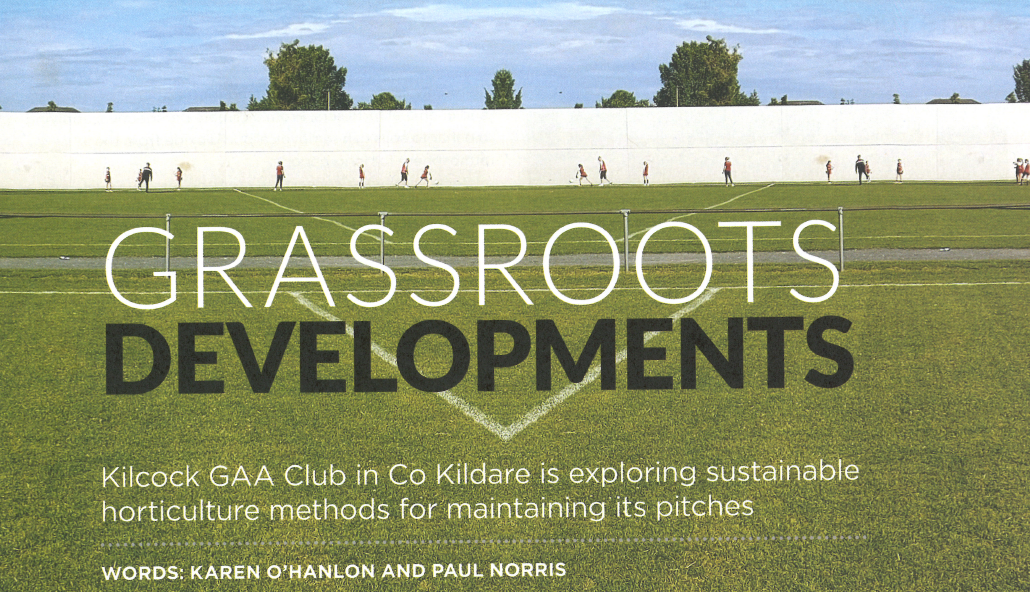
I attended GLAS, Ireland’s trade event for the horticulture sector, with Fiona McAteer in my capacity as chairman of Arigna Group which has the largest operating biochar facility in Europe. We were there on the recommendation of Dr. Karen O’Hanlon of Probio Carbon https://lnkd.in/e43_qex3 who, with Paul Norris, has commenced a first of its kind trial of biochar in Ireland whereby playing fields have been treated with a combination of plant growth promoting bacteria, biochar and organic fertiliser with the aim of reducing chemical fertiliser and pesticide use. The details are in the Summer Issue of Horticulture Connected / Horticulture.Jobs. When biochar is used in this way, there is the additional benefit of sequestering carbon.
A key takeaway from the day was dramatic change that is underway in this area of the economy caused by restrictions on the use of chemical fertilisers and the ban on harvesting peat which a key material in many of the soil treatment products produced by leading manufacturers. What was also interesting in the while there is a lot of research underway with regard to what might replace turf, the replacement materials have serious shortcomings relative to peat. While biochar is widely talked about, knowledge level was relatively low.
There was an excellent panel discussion ‘Beyond Peat’ hosted by Anna Kavanagh which included contributions from Eoghan Corbett of Teagasc, William Bailey of Klasmann-Deilmann and Brendan Howell of ICL Growing Solutions UK & Ireland . A few key takeaways were that the industry is struggling to adapt to the ‘peat free’ world that is fast approaching and many producers are opting for ‘reduced peat’ products where the peat is sourced from the Baltic region, the trend toward ‘peat free’ in much more advanced in the UK than Ireland and seems to be driven by retailers rather than consumers, the replacement materials for peat have serious limitations ranging from competition from other industries (for example wood is in demand from construction and energy) to short shelf life (21 days in some cases). These issues were set against a backdrop of a projected 4X increase in demand for growing media by 2050. Biochar is being researched but the lack of sufficient quantities of high-quality biochar is a hindrance. Happily, Arigna Group can now help here.
If you have an interest in learning more about the use of biochar in horticulture (including sports uses), please make contact.




